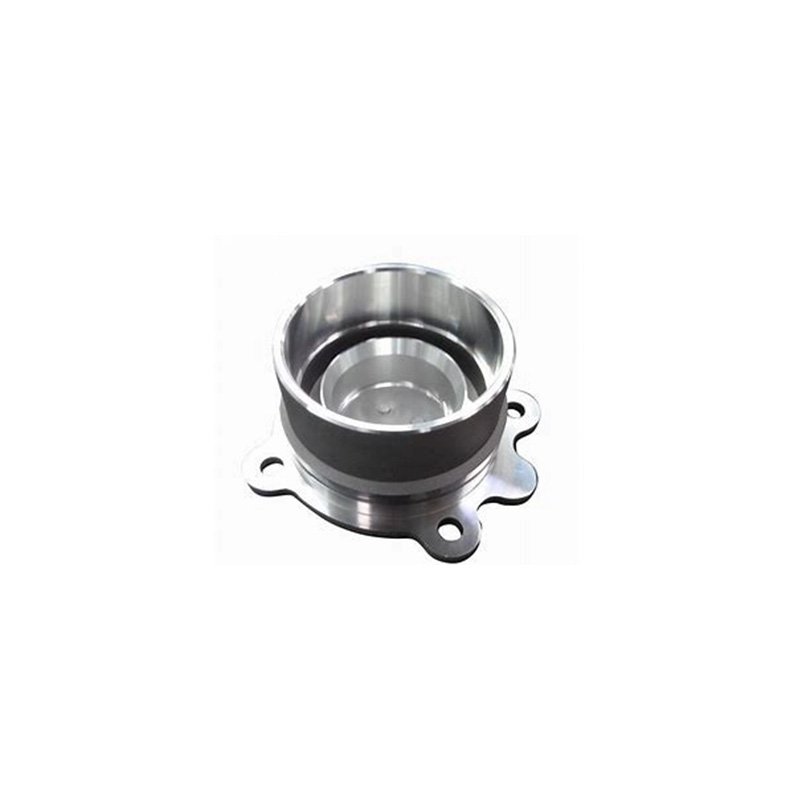
Ever wondered why some die casting projects fail while others achieve flawless precision? The answer often lies in undisclosed practices of top-tier die casting mould manufacturers. After analyzing supply chain failures in 2023, we uncovered five game-changing insights that separate industry leaders from competitors.
Top die casting mould manufacturers like Weiting leverage nano-engineered materials. They enhance mould longevity by 40% compared to conventional H13 steel. How? Through proprietary heat treatment processes that optimize grain structure.
For instance, China’s Boyun Dongfang developed ultra-fine grain hard alloy technology under national 863 Program support. This innovation reduces stress cracking during high-pressure operations. Their moulds withstand 300,000+ cycles in Tesla battery component production. You’d think expensive materials guarantee success? Not necessarily!
Interestingly, surface engineering matters more than bulk composition. Advanced coatings like TiAlN (Titanium Aluminum Nitride) create thermal barriers. This cuts erosion from molten aluminum at 700°C+. Result? Maintenance intervals stretch from 10,000 to 50,000 shots.
Massive 9,000-ton gigapresses grab headlines. But precision tooling determines success. High-pressure die casting (HPDC) demands micron-level accuracy. Tolerances under 0.05mm prevent flashing and dimensional drift.
Remember Ningbo Jiaming’s magnesium gearbox project? They achieved IT6-grade accuracy through advanced machining. Parameters like 40-60m/s fill speed and 220-280°C mould temperature were digitally modeled before cutting steel.
CAE simulation is non-negotiable. Our team used MAGMA software in a 2023 E-bike motor case project. We optimized gate positions virtually, reducing trial runs by 70%. Real-time pressure/temperature mapping prevents porosity issues.
Uneven cooling causes 60% of casting defects. Top manufacturers implement conformal cooling channels. These follow contour geometry, slashing cycle times by 30%.
Vacuum systems are critical for large components. Tesla’s gigapress moulds use advanced venting to eliminate gas entrapment. This enables structural parts like Model Y underbodies. Traditional venting can’t handle such complexity.
| System | Surface Defects | Cycle Time | Applicable Part Size |
|---|---|---|---|
| Traditional Air Cooling | Up to 12% rejection rate | 120-180 seconds | Small brackets/housings |
| Conformal + Vacuum | <2% rejection rate | 80-100 seconds | Vehicle chassis (6.5m length) |
Thermal sensors embedded in moulds provide live data. Adjustments happen automatically during runs. This maintains consistency across batches.
Monolithic moulds seem robust but lack flexibility. Smart die casting mould manufacturers use standardized bases with interchangeable inserts. Switching part designs takes hours, not weeks.
Shanghai KR Tool’s system exemplifies this. Their 2024 modular line reduced changeover costs by 65%. Clients test variations without commissioning new moulds.
Toyota applied modular thinking to EV underbodies. They segmented moulds into front/mid/rear sections. Result? 175 fewer components and 50% faster development cycles.
Upfront pricing grabs attention, but lifecycle costs determine value. Consider these often-overlooked factors:
One auto parts maker learned this painfully. Their “low-cost” mould demanded $120,000/year in unscheduled upkeep. Downtime costs exceeded the mould’s price in 18 months.
A reputable die casting mould manufacturer provides transparent TCO breakdowns. For example, Weiting’s contracts include per-part cost guarantees over 500,000 cycles.
Step 1: Audit Technical Capabilities – Verify precision machining equipment (EDM, 5-axis CNC). Minimum tolerance capabilities should match your part specs.
Step 2: Demand Process Validation – Require simulation reports (MAGMA/FLOW-3D) for your specific component. No generic demos!
Step 3: Evaluate Material Science – What coatings do they apply? How are heat treatments validated? Microstructure analysis reports prove claims.
Step 4: Review Data Integration – Can mould sensors connect to your MES? Real-time thermal/pressure monitoring prevents defects.
Step 5: Pilot Production Run – Test with actual production parameters. Measure key metrics: dimensional stability, cycle consistency, and scrap rates.
Mistake: Choosing based solely on per-kg tool steel pricing
Why It Fails: Ignores longevity and maintenance costs. Cheap moulds wear 3-5x faster.
Mistake: Overlooking CAE simulation capabilities
Why It Fails: Physical trials cost $15k-$50k per iteration. Virtual optimization is essential.
Mistake: Accepting vague service agreements
Why It Fails: Moulds require scheduled maintenance. Unclear terms lead to production stoppages.
Top-tier die casting mould manufacturers blend materials science, precision engineering, and digital integration. Tesla’s gigapress success stems from this holistic approach – merging IDRA’s 9,000-ton presses with proprietary thermal management :cite[7].
Your checklist for mould excellence:
✅ Verify nano-scale material enhancements (e.g., grain size ≤0.8μm)
✅ Demand CAE validation for your specific part geometry
✅ Require conformal cooling + vacuum system compatibility
✅ Secure modular design for future adaptations
✅ Obtain per-part cost guarantees over 500k cycles
The right partner becomes an extension of your engineering team. As Boyun Dongfang demonstrated with their PMInside technology, collaboration drives innovation :cite[1].
Q: How long should a quality die casting mould last?
A: With advanced coatings/proper maintenance: 500,000+ cycles for aluminum; 300,000+ for magnesium.
Q: What’s the lead time for complex moulds?
A: 14-20 weeks is typical. Modular designs can cut this to 8 weeks for initial samples.
Q: Why choose a specialized die casting mould manufacturer over general machine shops?
A: Specialists prevent defects like porosity through material/process expertise. General shops lack HPDC-specific knowledge.
Q: How much does vacuum system integration add to mould cost?
A: 15-25% premium, but boosts yield by 30%+ for structural parts. ROI is typically <6 months.